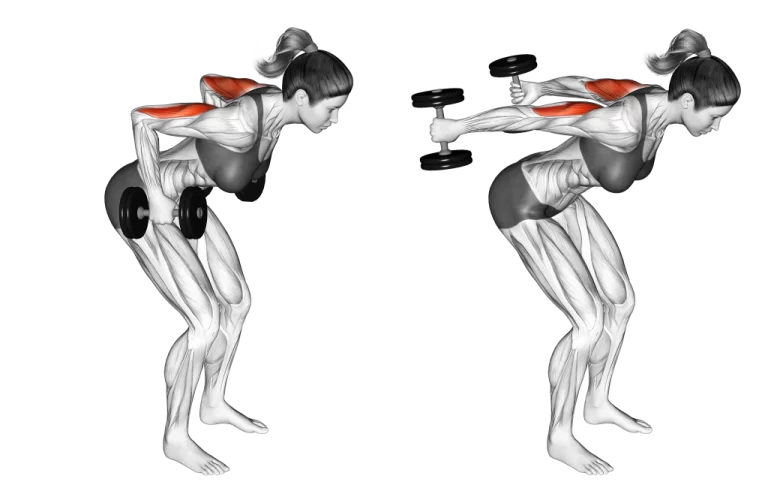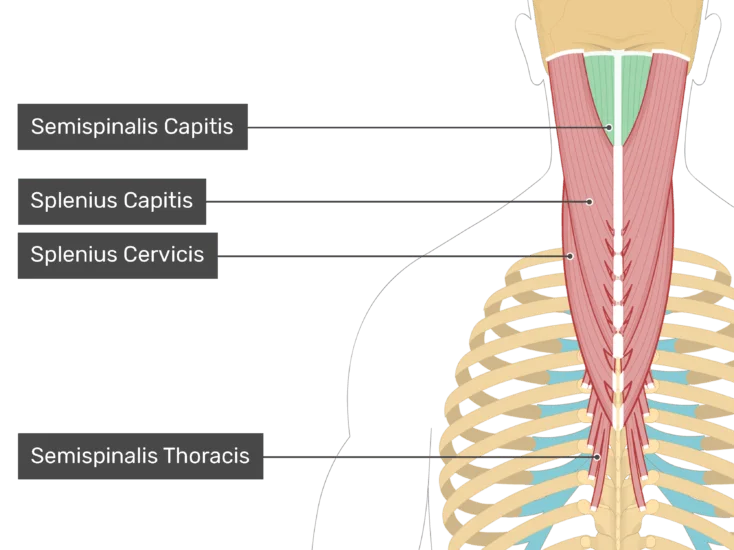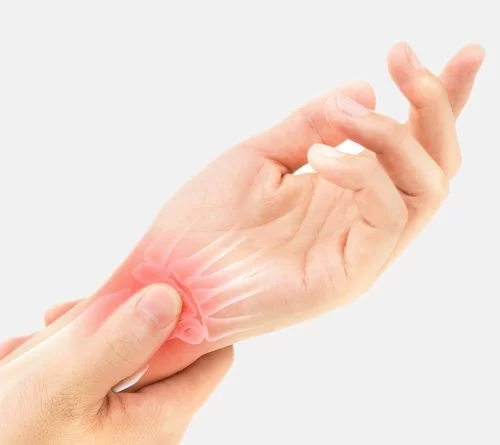Tibialis anterior strengthening exercise
Table of Contents
What is the tibialis anterior?
- Tibialis anterior strengthening exercise is a great option to strengthen the leg, This exercise has many health benefits as well as reduces the risk of injury, & helps the fitness level (stamina) in performing the day-to-day activity. If the patient is a sportsperson this exercise plays a crucial role to perform a high-intensity activity in sports.
- The anterior tibialis is the muscle found on the front of the lower limb. The tibialis anterior muscle is on the lateral side of the tibia with muscle fibers that run vertically down the leg ending in the tendon. The tibialis anterior originated from the lateral condyle (around protruding piece of bone at the insertion to some bones creating the articulation with another bone) of the tibia & inserts into the plantar as well as medial surfaces of the medial cuneiform bone.
What is the function of the tibialis anterior?
- The tibialis anterior is the long muscle of the dorsiflexor muscles & is responsible for ankle dorsiflexion as well as the inversion of the foot.
- This muscle supports the ankle in horizontal motion as it inverts the ankle helping to decrease the damage if the ankle is rolled.
- Walking, running & any other exercise that needs the leg to move is supported by the tibialis anterior. This muscle stabilizes the ankle joint when the foot comes into contact with the ground during walking it then assists the toes of the foot off the floor. Apart from helping with this eccentric muscle contraction (hitting the floor) & concentric muscle contraction (lifting off of the floor) phases of walking also hold the ankle in place while isometric contraction, think of when the ankle is flexed & the toes are pointing upwards.
What causes tight tibialis anterior muscles?
- If the tibialis anterior muscles are tight then this is annoying as it makes the simple task of walking unpleasant. The causes of tight tibialis anterior may lead to shin splints & can be a result of any of the following:
- Direct trauma to the muscle area Intense workouts or even long time workouts where the ankle is constantly flexed upwards Running, jumping, or even other high-impact activities on hard surfaces Imbalance gait during walking or running Sudden change in the exercise routine
- If the patient feels weakness in the anterior tibialis muscle, this muscle is located in front of the shin in the lower leg, then the patient may have difficulty flexing the ankle as well as lifting the foot off the ground. This is also called a foot drop. This can also lead to a high-stepping gait. Fortunately, physical therapy can help a patient regain normal motion & strength in the leg.
- There have many treatments to treat foot drops, including neuromuscular electrical stimulation (NMES) & ankle-foot orthotics that help stabilize and support the ankle as well as the foot.
- Exercise is one of the most important things to correct foot drops caused by tibialis anterior weakness. These exercises involve specific motions that help to increase the strength & function of the anterior tibialis muscle. Calf muscle stretches also help.
Health benefits of tibialis strengthening exercise
- Helps to decrease the risk of injury to the calf, foot, & ankle joints.
- Helps to decrease the chance of getting tibialis anterior tendonitis.
- Helps to improve ground clearance when walking to avoid tripping
- Reduce the risk of developing shin splints & stress fractures
- Speed up recovery of shin splints.
- Boost athletic performance in sports where the ankle is “locked” like in soccer to kick a ball.
Types of exercises to strengthen the tibialis anterior
Seated Elastic Band Exercise
- How to do this strengthening exercise:
- For this exercise, a patient needs an elastic resistance band.
- To do this exercise the patient has to Sit on the floor with the leg extended in front of him. Alternatively, the patient can sit on the chair with the foot propped up on another chair.
- Wrap the resistance band over the ankle. Attach one end to the stable object such as the leg of a table, & secure the other around the foot near the toes. This may be helpful to have the lower leg resting on the small pillow so the heel of the foot does not rub on the ground.
- To do this exercise Pull the toes & foot up while keeping the knee extended. The ankle should be moved as you flex the foot up
- Pull the foot up as much as you can, & hold the end position for two seconds.
- Slowly relax back to the starting position.
- Do this exercise for 10 to 20 repetitions or until the anterior tibialis muscle tires & the patient can no longer flex the ankle up.

Cuff Weight Exercise
- How to do this strengthening exercise:
- For this exercise, the patient needs a cuff weight.
- A cuff weight is a padded weight that the patient can wrap around the ankle. For this exercise, a patient has to sit in the chair & wrap a cuff weight around the toes. Make sure this is secure. Let the footrest on the floor, start this exercise by sitting with the cuff weight on the foot & then flexing the ankle so the foot & toes move up towards the knee.
- When the foot is flexed up, hold the position for two seconds,
- Slowly lower the toes back down to the starting position.
- Repeat the exercise for 10 to 20 repetitions in one session with two sets. Do two sessions per day.
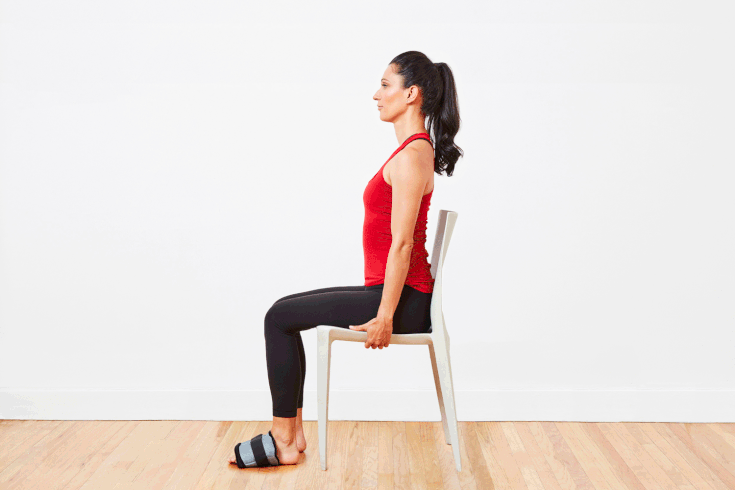
Isometric Exercise
- How to do this strengthening exercise:
- Isometric exercise is a type of movement in which you push against an object you can not move. This is simple to do, & this can help strengthen the anterior tibialis muscle in specific ranges of motion (ROM) in the ankle.
- To do isometric anterior tibialis strengthening the patient has to Sit in a chair or lie down.
- Cross one leg over the other with the affected leg on the bottom.
- Put the foot on top of the ankle you wish to exercise.
- Press the top of the weak foot into the sole of the other foot. Press down with the stronger foot to resist it. Remember, that motion happens from the foot, not from the ankle.
- Hold this position for five seconds, & then slowly release. Do about 10 to 15 repetitions of the exercise, 2 or 3 times a day. Isometric exercise may help to strengthen the muscles, but strength only happens in the specific ROM in which you are exercising. That means that the patient should vary the position of the ankle when performing the exercise.
Seated Calf Stretch
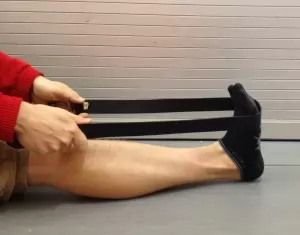
- How to do this exercise:
- If the anterior tibialis muscle is weak, then the patient has difficulty flexing the foot. This means the patient has a shortened calf. A shortened calf will be a tight muscle, so stretching the calf can be necessary to fully correct the foot drop.
- To do this exercise the patient has to Wrap the towel around a ball of the foot, & the knee should be extended.
- Pull the ends of the towel so the foot flexes up & stretches the calf.
- Hold the stretch for 15 to 30 seconds. Relax. Perform this 3 times in one session. Do two sessions per day.
Seated Toe Raises
- How to do this strengthening exercise:
- For this exercise, the patient has to Sit on a chair with their feet placed in front of him.
- Now Slowly raise the toes off of the floor.
- Hold for 2-5 seconds at the top.
- Repeat for 2 to 3 sets of 20-25 repetitions in one session. Do two sessions per day.

Wall Toe Raises
- How to do this exercise: For this exercise, a patient has to Stand 12 to 15 inches away with the back towards a wall with the feet hip-width apart.
- The knees should be slightly flexed then lean back into a wall.
- Elevate the toes off the ground & hold at the top for 2-4 seconds then lower the toes back to the ground.
- Repeat for 2 to 3 sets of 15-20 repetitions in one session. Do two sessions per day.
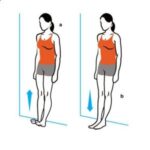
Heel Walk

- How to do this strengthening exercise:
- For this exercise, a patient has to stand on both feet hip-width apart with no shoes on.
- Elevate the toes off the ground so that the heels are in contact with the ground.
- Walk forward during leaning back placing the weight on the heels.
- Do this for 30-40 seconds.
- Repeat this 2 to 3 times in a session. Do three sessions per day.
Single leg stands
- First of all, standing on one foot is another best way to exercise ankle eversion and a challenge to ankle stability in general.
- To begin with, the patient with the intersection syndrome of the foot has enough strength and balance and can try to stand on their affected leg for ten seconds at a time. Be sure to hold onto the back of the chair for stability so that a patient does not fall. Do it ten times per session. Perform three sessions per day.
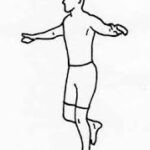
The tibialis anterior strengthen with the theraband
- First of all, the clinician may tell a patient to sit on the chair as well as tie the theraband around a stable surface that would not move, like a heavy table.
- Extend a lower leg as well as wrap the other end of the band around the top of the foot. Do flexion of the foot meaning taking the foot towards the face side, with the band resisting the movement? Hold it for ten seconds. Repeat ten times per session. Do three sessions per day for strengthening. After 5 to 6 days increase weight from 500 gm to 1 kg as well as also increase repetitions.

When did the patient not do the Tibialis anterior strengthening exercise?
- If a patient feels any pain while this exercise then does not do this exercise.
- If the patient is already suffering from foot & ankle pain.
- If the doctor advised you to take rest.
- If the lower limb bones are recently fractured.
FAQ
Tibial muscular dystrophy is a condition that affects the muscles at the front of the lower leg. The signs, as well as symptoms of this condition, typically appear after age 35. The first sign is usually weakness & wasting (atrophy) of the muscle in the lower leg called the tibialis anterior.
The tibialis muscles are integral to proper foot & ankle function. They provide stability to the foot, ankle, as well as a lower limb, reducing injury risk & allowing proper force transfer as well.
Sudden leg weakness may be a cause for concern as well as should prompt immediate medical attention. Some causes of sudden leg weakness include stroke (owing to a decrease in oxygen reaching parts of the brain), spinal cord damage, or a pinched nerve coming out of the spinal cord.
Shin splints develop from repeated stress to the shin bone by the pulling & tugging of the muscles as well as connective tissues in the lower leg. Frequent, repetitive pressure from running & jumping may cause the shin bone to become inflamed (swollen or irritated) & weakened as well.
But an often forgotten muscle that may affect the Infrapatellar tendon is the Tibialis Anterior. When this gets tight, it can compress the tiny nerves & arteries that supply the knee.
Now this move might seem a little archaic, but rolling a metal (or acrylic) tube along the shins is a great way to increase bone density. This is a way of compressing the shin bone, making it a great technique for improving the density of the bone without engaging in any combat.
They are caused by degeneration of the muscles or tissues that attach to the tibia (shinbone). Overtraining, improper biomechanics or even tightness as well as weakness in the calf muscles are all contributing factors.

